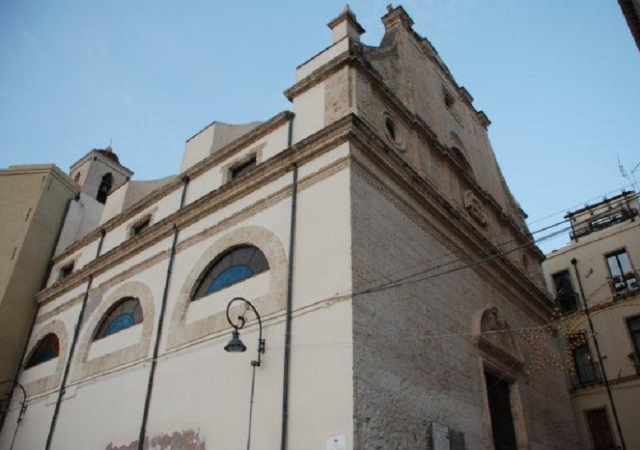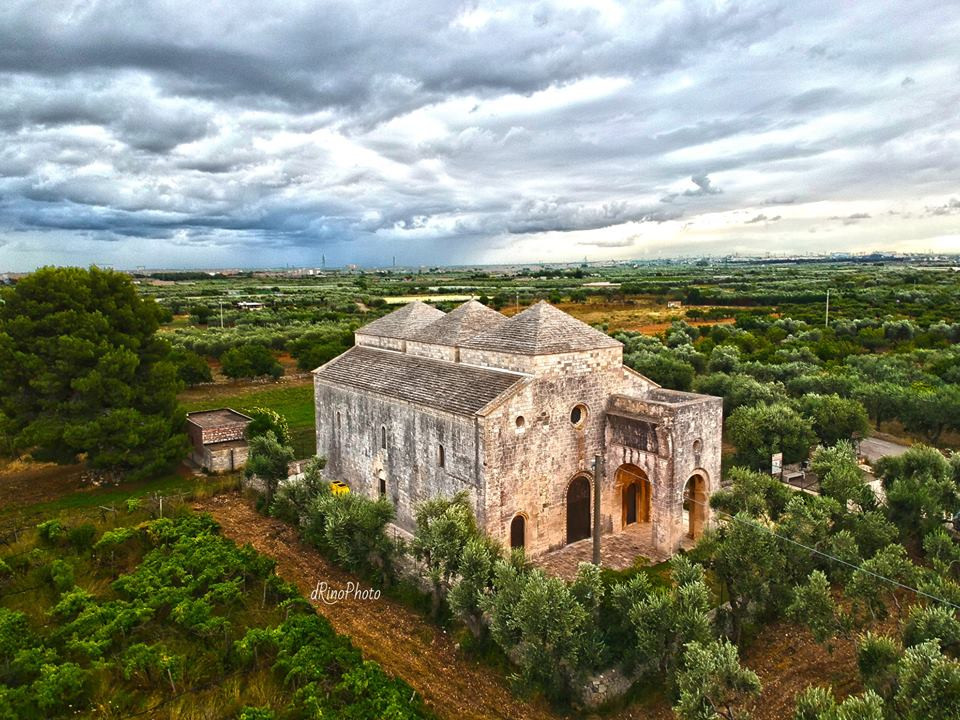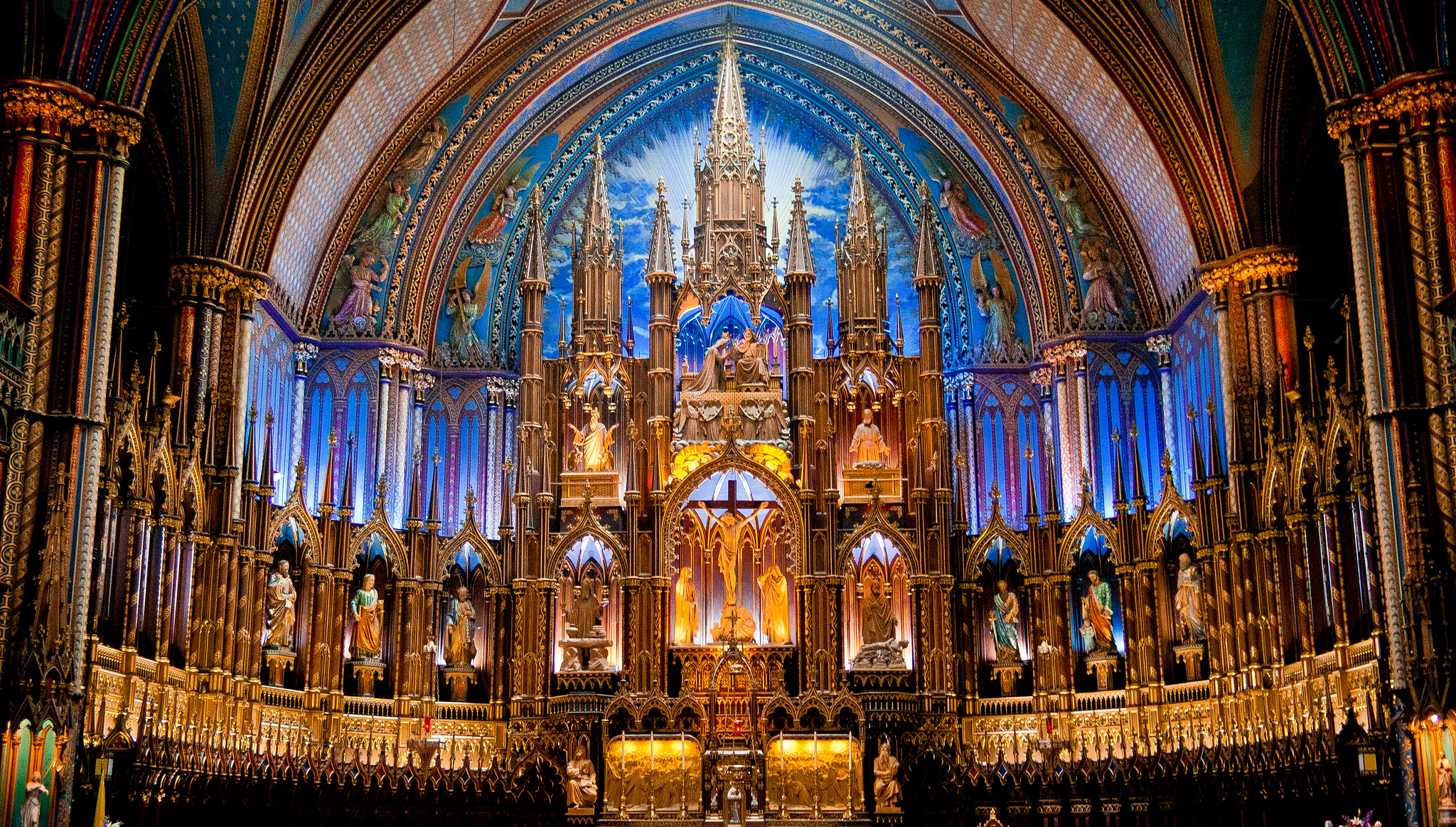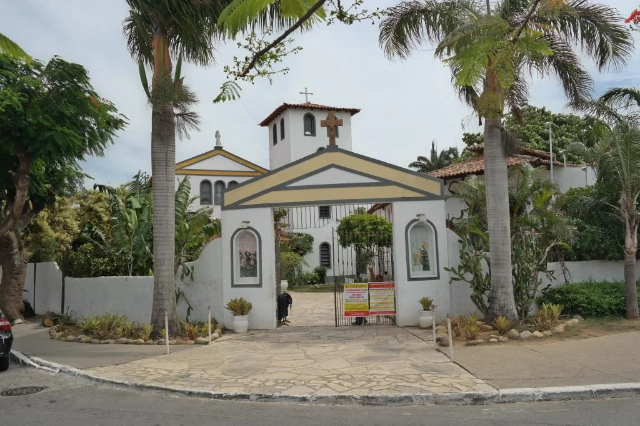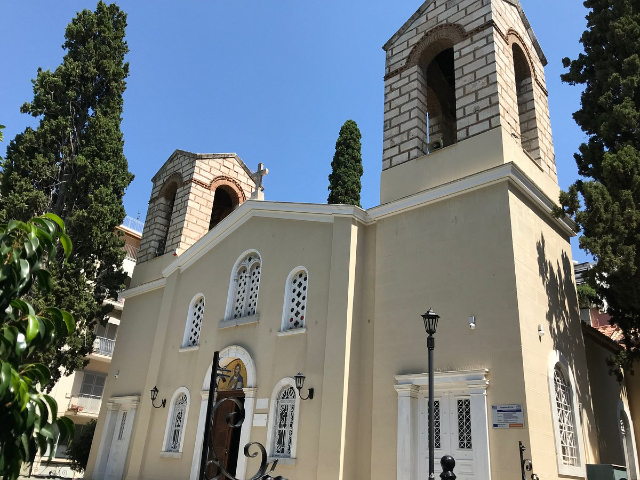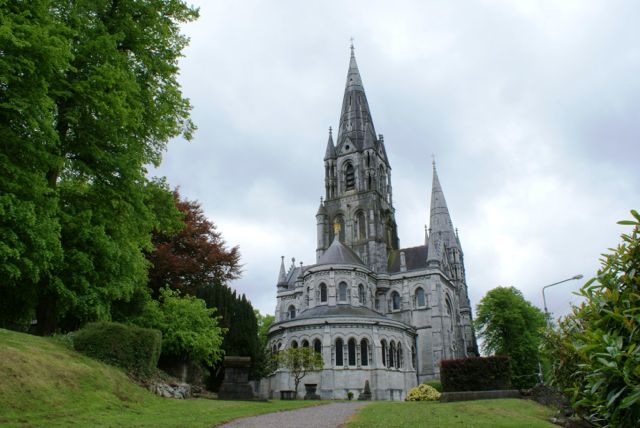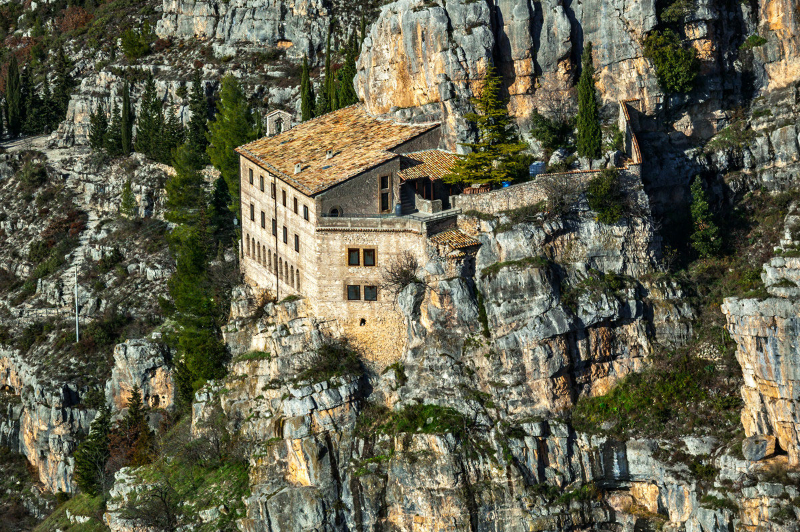The magistral basilica of Santa Croce is a monumental church in Cagliari, originally the synagogue of the local Jewish community before its expulsion in 1492. Since 1809, the church has belonged to the Order of Saints Maurice and Lazarus.It is a temple that symbolizes the religious and socio-cultural integration of Castello, the hub of Cagliari between the 13th and 19th centuries.
It is difficult to photograph its entire soaring facade, because you will only be able to back away a few steps into the churchyard. The feeling of majesty grows inside, with a single nave, barrel-vaulted and decorated with faux coffers by Ludovico Crespi.
On each side are three chapels, also barrel-vaulted and adorned with Baroque altars in polychrome marble, where sculptures and paintings (17th-18th centuries) are kept.
The chancel is enriched by a high altar, where a wooden Christ Crucified stands, and closed by a semicircular apse, on which Anthony frescoed Saints Maurice and Lazarus (1842). The facade is divided into two levels: in the lower one opens the portal, surmounted by a curved tympanum; the upper one is punctuated by pilasters and bordered by two obelisks.
Another peculiarity, the two bell towers: one with a sail parallel to the façade, the other, near the chancel, a tower with a square reed and an oriental dome. The history of the church, originally a synagogue, is intrinsically linked to the village, once the Giudaria of Cagliari, which reached its greatest expansion under Aragonese rule, before Ferdinand II banned from the Crown’s territories Jews and Muslims who had not converted to Christianity (1492).
The synagogue became a Catholic church and was granted to an archconfraternity, whose noble members were engaged in comforting those condemned to death. In 1564 Archbishop Parragues, to foster the town’s cultural growth, called in the Jesuits, who were granted the church and adjacent houses, which became the college of the Society of Jesus.
Thanks to the legacy left to them by the noblewoman Anna Brondo, the building was expanded and radically transformed. An inscription on the facade shows that the work was completed in 1661.
At the end of the 18th century Pope Clement XIV dissolved the Jesuits: the complex passed to the state. Finally, in the early 19th century, King Victor Emmanuel I elevated the church to the rank of magisterial basilica and entrusted it to the chivalric order of Saints Maurice and Lazarus, to which it still belongs. While the former college became, over the centuries, monte di Pietà, printing house, court of law, court of appeal, faculty of Letters and, today, of Architecture.
